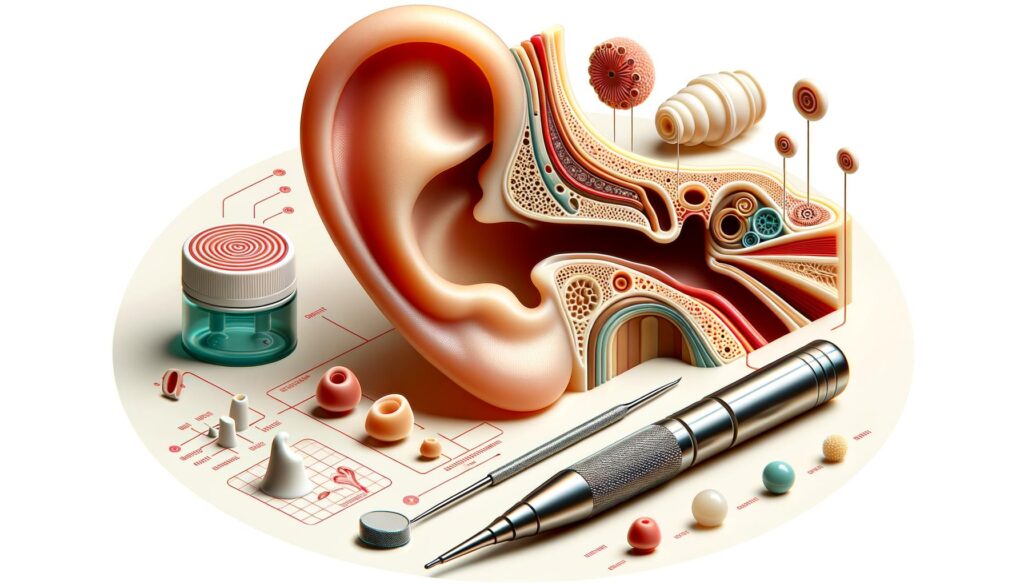Effective Treatments for Ear Wax Blockage

Understanding Ear Wax Blockage
Before diving into the treatments, it’s essential to understand what ear wax blockage is. Ear wax, or cerumen, is a substance produced by glands in the ear canal. Its primary role is to protect the ear by trapping dust and debris. However, excessive buildup can lead to blockage, resulting in discomfort, hearing difficulties, and sometimes pain. Common causes include the natural overproduction of ear wax, using cotton swabs improperly, and certain ear shapes that may inhibit the wax from naturally leaving the ear.
Symptoms and Diagnosis
Recognizing when ear wax has blocked the ear is crucial for effective treatment. Symptoms often include:
- A feeling of fullness in the ear
- Partial hearing loss
- Earache or discomfort
- Tinnitus, or ringing in the ears
Visiting a healthcare professional is recommended for proper diagnosis. They can use an otoscope to examine the ear canal and determine the extent of blockage. In some cases, a simple examination can confirm the presence of hardened wax that needs professional intervention.
Home Remedies for Mild Cases
For minor blockages, several home remedies can help soften and remove excess wax. These methods must be used cautiously and are suitable for those not experiencing severe symptoms:
- Warm Oil: Applying a few drops of warm (not hot) olive or mineral oil can help soften the wax.
- Hydrogen Peroxide: Diluting it with water and using it as ear drops can aid in breaking down ear wax.
- Ear Irrigation: Using ear irrigation kits can help flush out the wax. This involves gently squirting water into the ear canal to remove softened wax.
These remedies are generally safe but should be avoided if there is any pain, discharge, or a suspicion of eardrum perforation.
When Professional Help is Required
In cases where home treatments do not alleviate symptoms, or if the blockage is severe, seeking professional help is advisable. Healthcare providers may use the following methods:
- Manual removal using specialized tools such as a cerumen spoon or forceps.
- Microsuction, which involves using a small vacuum to gently remove wax.
- Irrigation, similar to home methods but performed with professional equipment.
These procedures are typically quick and performed in a clinical setting to ensure safety and effectiveness.
Preventing Ear Wax Blockage
Prevention is always preferable to treatment, and there are several steps you can take to minimize the risk of ear wax buildup:
- Avoid inserting objects into the ears, such as cotton swabs, which can push wax deeper into the ear canal.
- Regularly clean the outer ear with a damp cloth.
- Consider ear drops for those who produce excess wax regularly to maintain cleanliness and prevent buildup.
Implementing these practices can help mitigate the frequency of blockages and maintain better ear health overall.
Conclusion
Addressing ear wax blockage effectively requires a clear understanding of its causes and symptoms. While mild cases can often be managed at home with safe remedies, more severe blockages should be treated by healthcare professionals. Always prioritize safety and seek expert advice if symptoms persist or worsen. By adopting preventive measures, you can reduce the likelihood of recurring issues and ensure optimal ear health.
